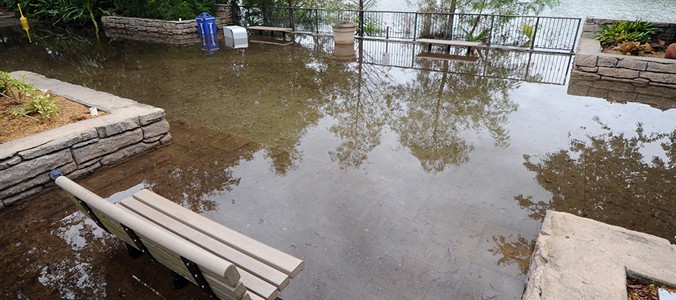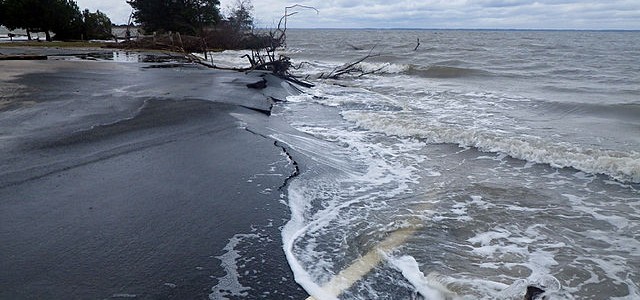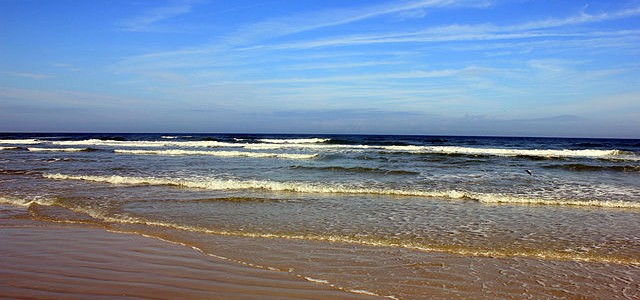Coastal
-

One of the consequences of the rainy conditions in the central US this year has been exceptional runoff of fertilizer and other agricultural chemicals as well as animal waste, most of which make their way down the Mississippi River into the Gulf of Mexico. These chemicals help lead to the development of a “dead zone”…
-

In conjunction with the tidal flooding forecast I put out earlier today, here are some interesting stories about rising sea levels I have seen in the past few weeks. Washington Post: Scientists say the rapid sinking of Louisiana’s coast already counts as a ‘worst case scenario’ Quartz.com: The US is relocating an entire town because…
-

In NOAA’s monthly weather briefing on Thursday, they provided a special section discussing the forecast for high tides and coastal flooding for the US in 2017 following record high flood events in 2016. Here are a couple of slides I captured from the briefing. They show that two areas in the Southeast set all-time records…
-

Because of increasing inundation of low-lying areas from rising sea levels, especially during the yearly king tides, mainland Miami is considering abandoning some of the lowest-lying areas and letting them serve as natural barriers to the effects of the rising sea levels. A variety of options for dealing with rising sea level are being considered,…
-

While many people think of the National Flood Insurance Program in terms of helping people affected by inland flooding, it also plays a large role in insuring those who live along the coasts from damage caused by hurricanes and exceptionally high tides. As sea level continues to rise, the NFIP is essentially becoming bankrupt, which…
-

A new study by European scientists shows that the pace of rising sea levels is now three times faster than in the period before 1990 according to the Washington Post. The story says that “before 1990, oceans were rising at about 1.1 millimeters per year, or just 0.43 inches per decade. From 1993 through 2012,…
